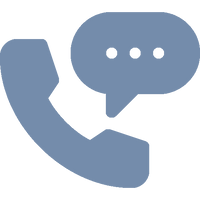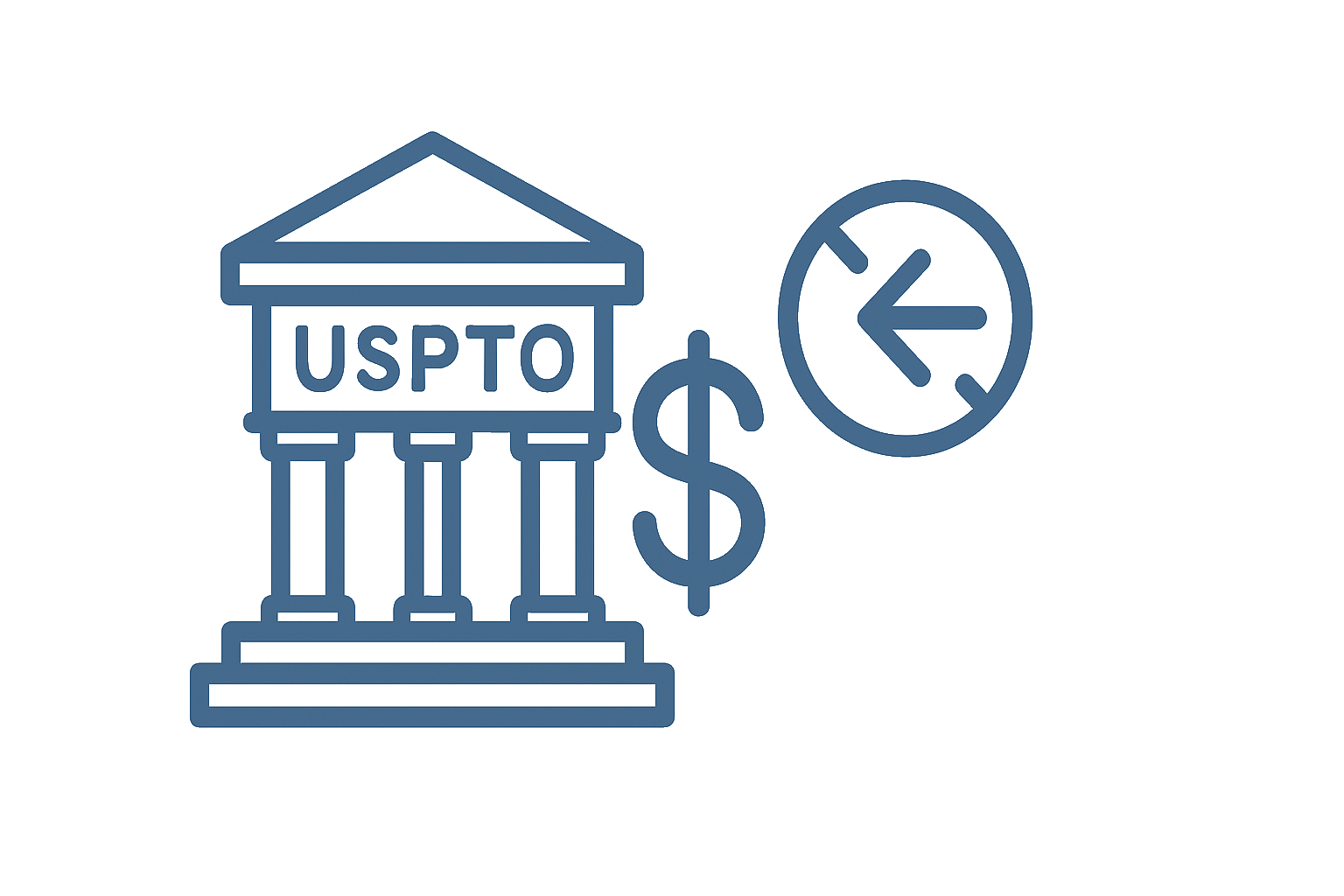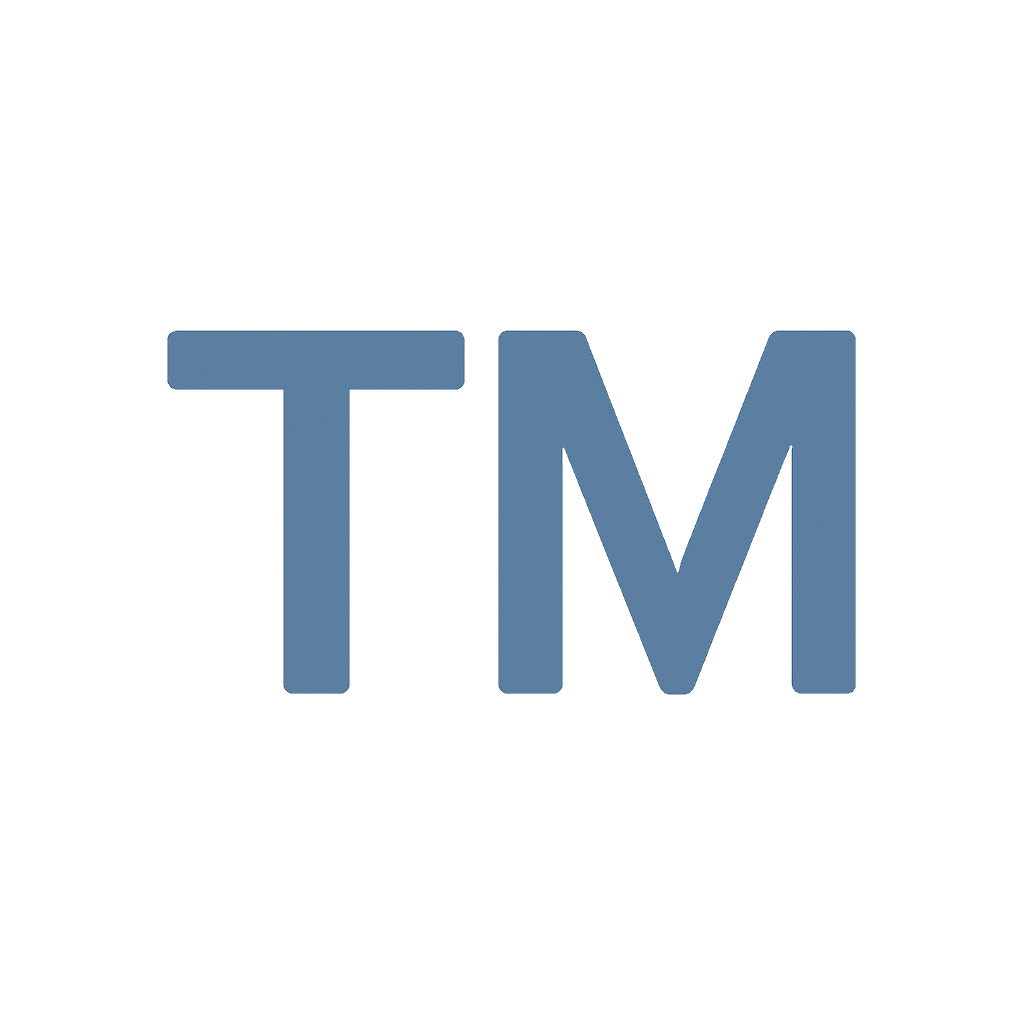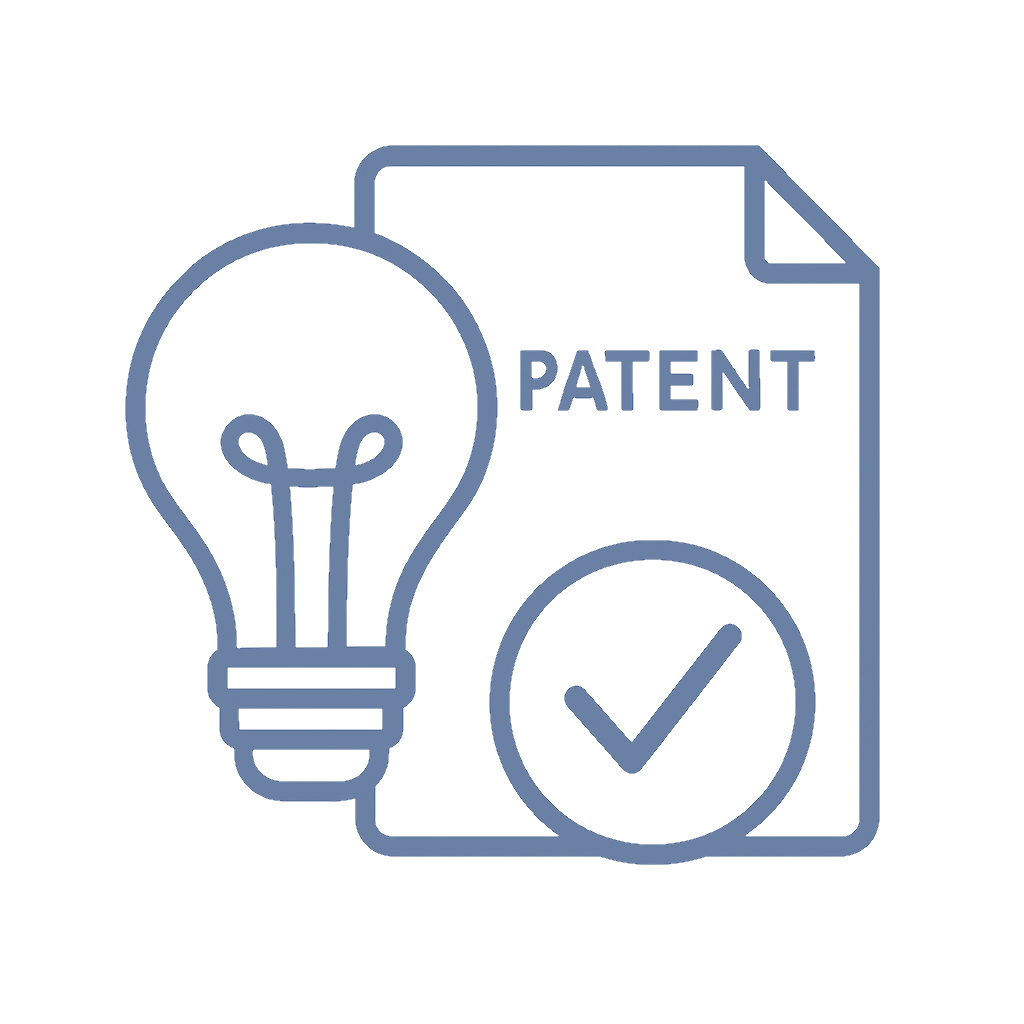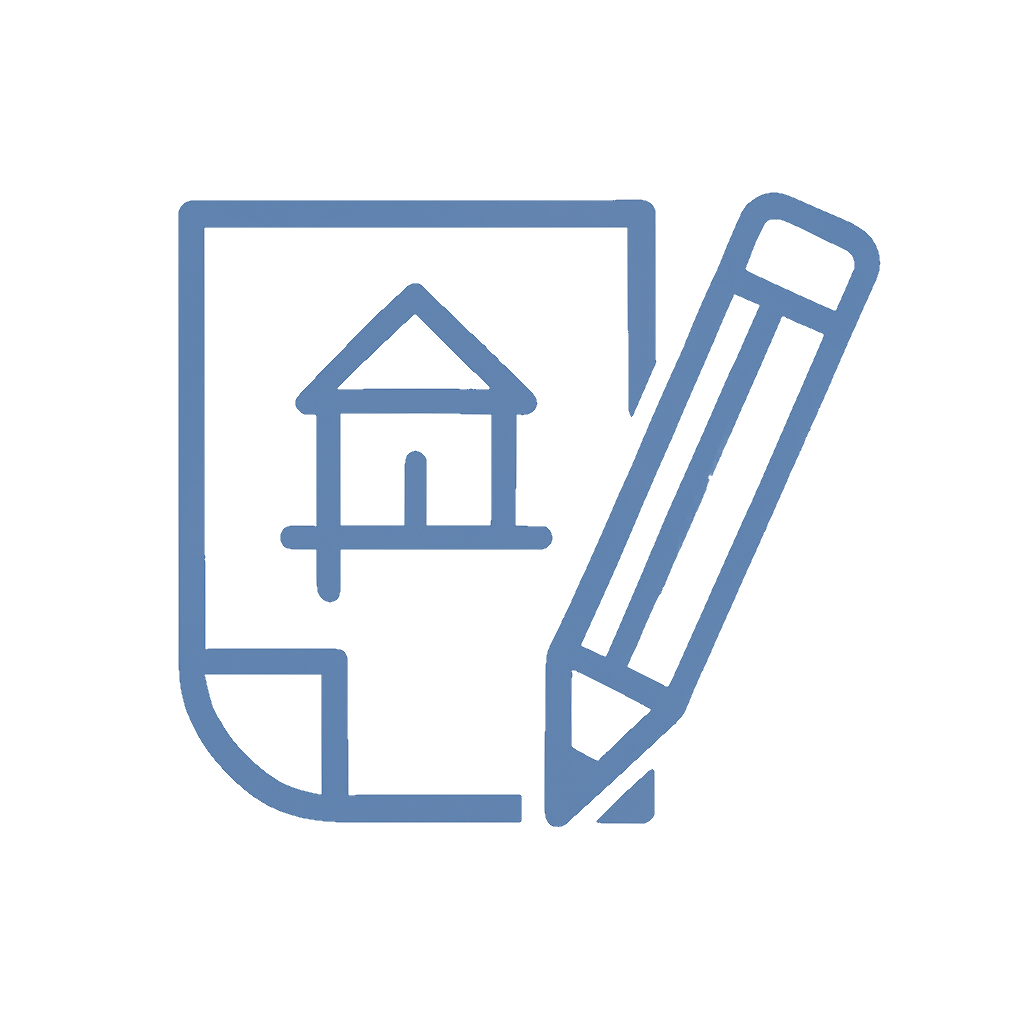📌 Quick Summary
1-Sentence Answer
No, inventors can’t get refunds for rejected patents — legal and government fees cover the work done, not the outcome.
The Article Overview
This article dives into why the USPTO and patent attorneys don’t offer refunds for denied patents, the factors that influence patentability, and practical steps inventors can take to improve their odds next time. You’ll also learn how to navigate fees, understand prior art searches, and separate refund myths from reality.
❓ Common Questions & Answers
Q1: Can I get a refund if my patent is denied?
A: No. Once legal work or government processing begins, those fees are non-refundable regardless of the result.
Q2: Why can’t law firms guarantee results?
A: Bar associations prohibit guarantees on legal outcomes, so offering refunds could imply an illegal warranty.
Q3: What are USPTO fees actually for?
A: Filing, examination, and publication fees cover administrative work — not success — and are collected upfront.
Q4: How can I reduce the risk of rejection?
A: Conduct a professional prior art search and work closely with a registered patent attorney before filing.
Q5: Is there ever an exception to the refund rule?
A: Only in rare cases of duplicate payments or USPTO errors — not for rejected applications.

📜 Step-by-Step Guide
-
Understand What You’re Paying For: Legal fees compensate attorneys for time, research, and drafting — not the patent’s approval.
-
Run a Prior Art Search: This helps identify similar inventions before filing and avoid wasted costs.
-
Discuss Risks with Your Attorney: Good patent counsel sets realistic expectations from the start.
-
Prepare Thoroughly: A detailed application reduces examiner objections and unnecessary expenses.
-
Stay the Course: If rejected, consider revisions or a continuation instead of giving up.
📖 Historical Context
The concept of patent protection in the U.S. dates back to the Patent Act of 1790, when inventors applied directly to a review board including Thomas Jefferson. Refunds weren’t an option then — and still aren’t now. The system has always been based on pay-to-process, not pay-for-results.
By the late 20th century, as innovation exploded, patent applications skyrocketed. To manage the workload, the USPTO formalized a structure of non-refundable government fees. These ensure fairness and fund examination infrastructure.
Today, the average inventor interacts with a digital USPTO process involving e-filing, publication, and examination — all automated systems that cost money to operate whether your invention gets approved or not. The non-refundable policy ensures sustainability and impartiality across millions of applicants globally.
🏢 Business Competition Examples
-
Apple Inc. regularly faces rejected patents but still files hundreds annually — it’s part of their R&D cost structure.
-
Dyson Ltd. invests heavily in prior art searches before applying to avoid refund issues later.
-
3M maintains a “file early, file often” philosophy, budgeting non-refundable patent expenses as standard innovation costs.
-
Tesla Motors occasionally abandons rejected patents but factors government fees into R&D tax credits.
💬 Discussion Section
Many inventors assume patent rejection equals wasted money — but in truth, it’s an investment in knowledge. Every rejection provides insight into how your idea fits within the innovation landscape. When the USPTO cites prior art or lack of novelty, it gives you feedback on where your invention stands in a sea of ideas.
Law firms, meanwhile, charge for services rendered, not results achieved. Much like surgeons or consultants, they can’t guarantee outcomes. Drafting a patent involves extensive legal and technical skill — research, claim drafting, and revisions — which are valuable regardless of final approval.
From a global perspective, refund policies across patent offices (UKIPO, EPO, IP Australia, and India’s IP Office) mirror the USPTO model. All rely on upfront, non-refundable fees to fund examiners, infrastructure, and public databases.
However, inventors can take proactive steps. A landscape search or freedom-to-operate (FTO) analysis provides insight before investing heavily. Many patent attorneys offer staged billing — breaking the process into smaller financial commitments.
Rejections shouldn’t discourage innovation. Instead, they mark milestones in the journey toward refinement. Often, inventors pivot, modify, or even file continuation-in-part (CIP) applications that lead to eventual success. Understanding that refunds aren’t part of the system helps set proper expectations and keep creative energy focused on progress — not paperwork.

⚖️ The Debate
💬 Side 1: Refunds Should Exist
Advocates argue that patent applicants deserve at least partial refunds if the USPTO rejects an application quickly. They claim it promotes fairness and encourages small inventors by reducing financial risk.
💬 Side 2: Refunds Undermine the System
Opponents (including most attorneys and USPTO policy experts) counter that refunds would introduce bias and inefficiency. Examiners might be pressured to approve weak patents, and administrative costs would skyrocket. Non-refundable fees ensure impartial evaluation and consistency.
✅ Key Takeaways
-
The USPTO and law firms do not offer refunds for denied patents.
-
Fees cover work performed, not patent approval.
-
A prior art search greatly improves your odds of success.
-
Expect and plan for patent rejection as part of innovation.
-
Always clarify fee structures and expectations with your attorney.
⚠️ Potential Business Hazards
-
False Expectations: Believing refunds exist leads to frustration and financial mismanagement.
-
Skipping Searches: Filing without checking prior art risks guaranteed rejection.
-
Incomplete Applications: Poor drafting increases USPTO objections and costs.
-
Budget Misalignment: Treating patents as “guaranteed” investments strains startup cash flow.

❌ Myths & Misconceptions
-
Myth: “My patent lawyer owes me a refund if the patent fails.”
-
Myth: “The USPTO refunds fees for rejected patents.”
-
Myth: “A prior art search guarantees success.”
-
Myth: “Refunds exist in other countries — just not the U.S.”
📚 Book & Podcast Recommendations
-
Book: Patent It Yourself by David Pressman – https://www.nolo.com/products/patent-it-yourself-pat.html
-
Podcast: IP Fridays – https://www.ipfridays.com/
-
Book: The Patent Game by Craig Countryman – https://www.amazon.com/dp/1948976780
-
Podcast: The Invisible Law Podcast (WIPO) – https://www.wipo.int/podcasts/en/
⚖️ Legal Cases
-
Ex parte Quayle (1935) – https://casetext.com/case/ex-parte-quayle
Defined examiner review stages but confirmed non-refundable nature of processing fees. -
KSR v. Teleflex (2007) – https://supreme.justia.com/cases/federal/us/550/398/
Clarified “obviousness,” a common cause of patent rejection. -
In re Oetiker (1991) – https://law.justia.com/cases/federal/appellate-courts/F2/977/1443/10922/
Emphasized burden of proof on applicant, not the examiner, supporting non-refundable principles.
📣 Expert Invitation
Have a question about your rejected patent or want to boost your next filing’s success? Connect with the experts at Inventive Unicorn — we’ll help you turn that “No” into your next “Now you’re patented!”

🔚 Wrap-Up Conclusion
In short, patent refunds are like unicorns — nice to imagine, impossible to find. While you can’t get your money back from the USPTO or your patent attorney, you can learn, adapt, and file smarter next time. Treat every rejection as data, not defeat, and you’ll be well on your way to success in the innovation arena.
